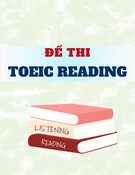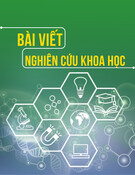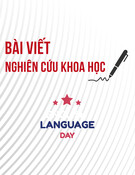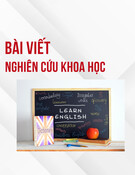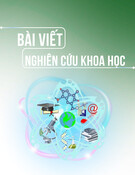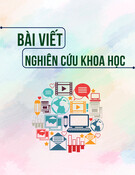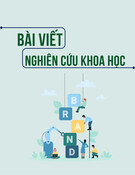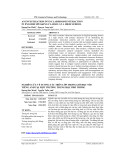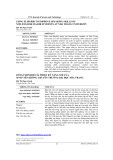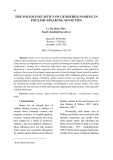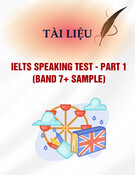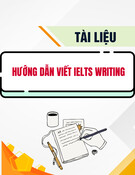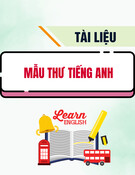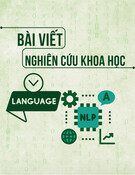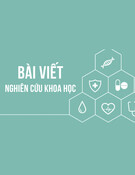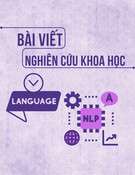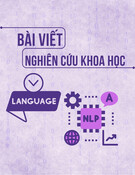
71
HNUE JOURNAL OF SCIENCE
Educational Sciences 2024, Volume 69, Issue 3, pp. 71-82
This paper is available online at https://hnuejs.edu.vn
DOI: 10.18173/2354-1075.2024-0048
THE USE OF DEBATE TECHNIQUE TO DEVELOP STUDENTS’ SPEAKING SKILLS
Pham Thi Dieu Linh
Faculty of Foundation Studies – Department of Foreign Languages,
Academy of Policy and Development, Hanoi city, Vietnam
Corresponding author: Pham Thi Dieu Linh, e-mail: linhpd@apd.edu.vn
Received May 6, 2024. Revised June 11, 2024. Accepted July 7, 2024.
Abstract. The paper investigates the efficacy of debate techniques in enhancing students’
speaking skills within the context of English language education. Speaking proficiency is a
fundamental aspect of language learning, crucial for effective communication in academic,
professional, and social settings. Debates offer a structured and interactive approach to
language instruction, requiring students to formulate arguments, present opinions
persuasively, and engage in spontaneous dialogue. Through a review of relevant literature
and empirical evidence, this study explores how debate techniques contribute to language
proficiency and overall communicative competence as well. The research methodology
involves quantitative analyses, including student surveys, and speaking assessments, to
assess the impact of debate activities on students’ speaking abilities. The participants of this
study were 60 students at B1 level. Findings indicated that integrating debate into language
instruction improved students’ fluency, vocabulary expansion, critical thinking, and
confidence in using English.
Keywords: debate technique, speaking skills, action research.
1. Introduction
Background to the study: Utilizing debate techniques in teaching English holds significant
educational value as it actively involves students in constructive and dynamic language practice.
Engaging in debates requires students to formulate arguments, present their ideas coherently, and
respond to counterarguments - all of which enhance their speaking and listening skills.
Furthermore, debates encourage students to expand their vocabulary, as they must employ precise
language to effectively communicate their points. The structured format of debates also promotes
critical thinking, as students analyze information, evaluate different perspectives, and develop
logical reasoning skills. Beyond linguistic proficiency, debating fosters confidence in expressing
oneself in English, prepares students for academic and professional discourse, and nurtures their
ability to engage in meaningful dialogue across cultural and social contexts. Thus, integrating
debate techniques into English language instruction not only enriches language learning but also
equips students with essential skills for success in both their academic and professional lives.
Research Questions: To what extent does the use of debate techniques improve learners’
speaking skills?
This question aims to investigate the impact of integrating debate techniques into language
instruction on students’ speaking proficiency. Specifically, the study sought to measure





